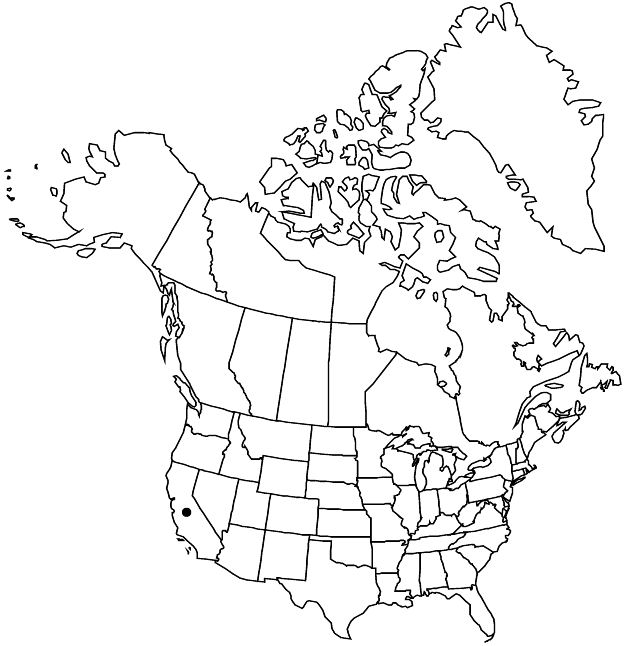Bryonia dioica
Fl. Austriac. 2: 59, plate 199. 1774.
Vines dioecious, high-climbing. Leaves: petiole 2–4.5 cm; blade orbiculate to ovate or 3–5-angular, palmately 5-lobed, 3–5 × 3–6 cm, lobes deltate to triangular, central lobe largest, base cordate, margins remotely dentate, surfaces hispidulous. Flowers: calyx campanulate; sepals green, deltate, 0.5–1 mm; petals white to cream or yellowish green, ovatelanceolate, 3–5 mm; stigmas hairy. Fruits 1 or 3–4 (–5), red to orange, 0.6–0.8 cm, peduncles (0–) 1–5 cm. Seeds 3–6, 3 × 2 mm. 2n = 20.
Phenology: Flowering Jun–Aug.
Habitat: Disturbed places
Elevation: 0–100 m
Distribution

Introduced; Calif., Europe, w Asia, n Africa, also elsewhere in Europe (Czech Republic), also elsewhere in Europe (England), Pacific Islands (New Zealand)
Discussion
Naturalized plants of Bryonia dioica were first collected in Golden Gate Park in San Francisco in 1919 and 1920 and have been recollected as recently as 1965. C. Jeffrey (1969) noted that the glandular inflorescences of B. dioica distinguish it from B. cretica.
Selected References
None.